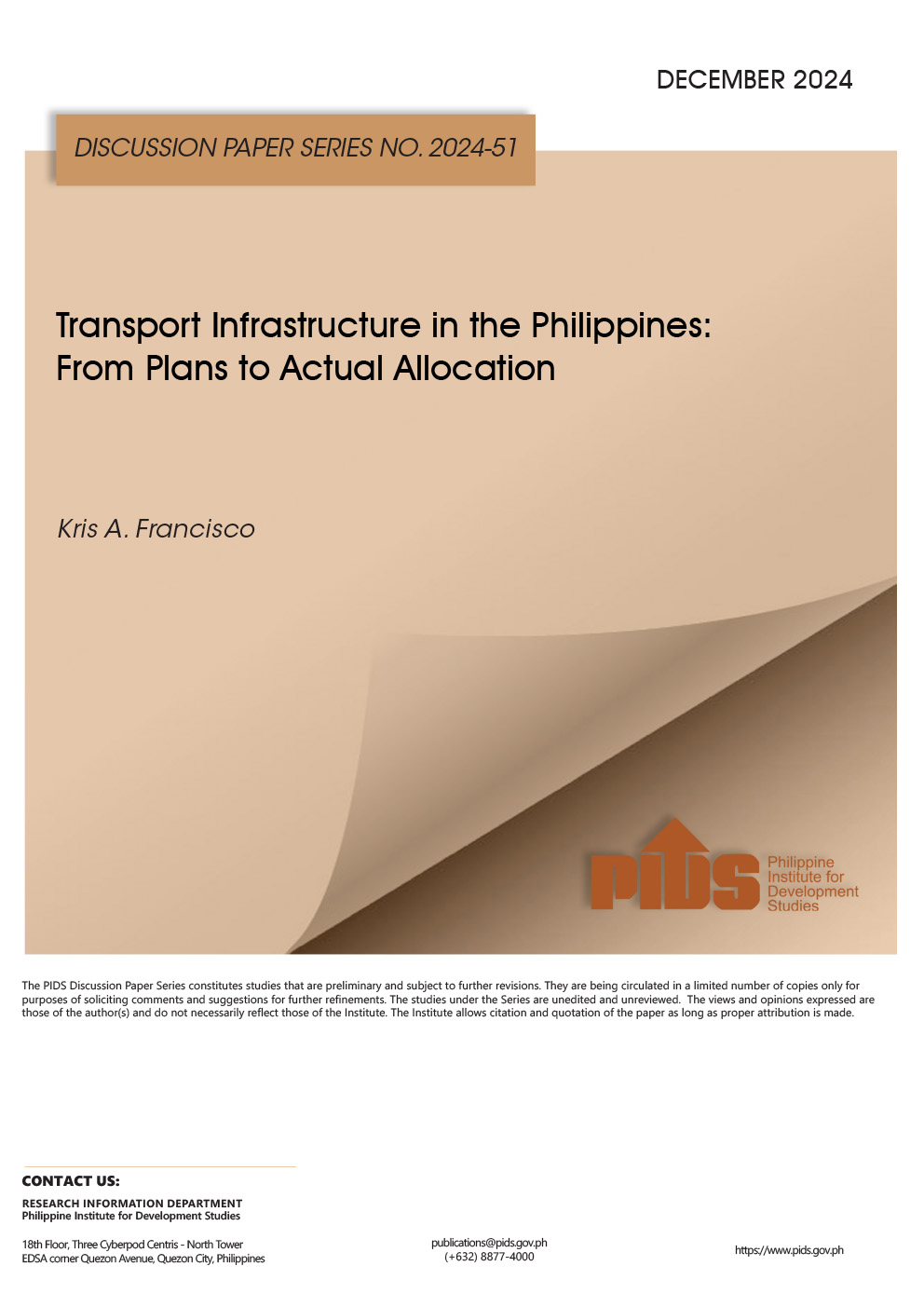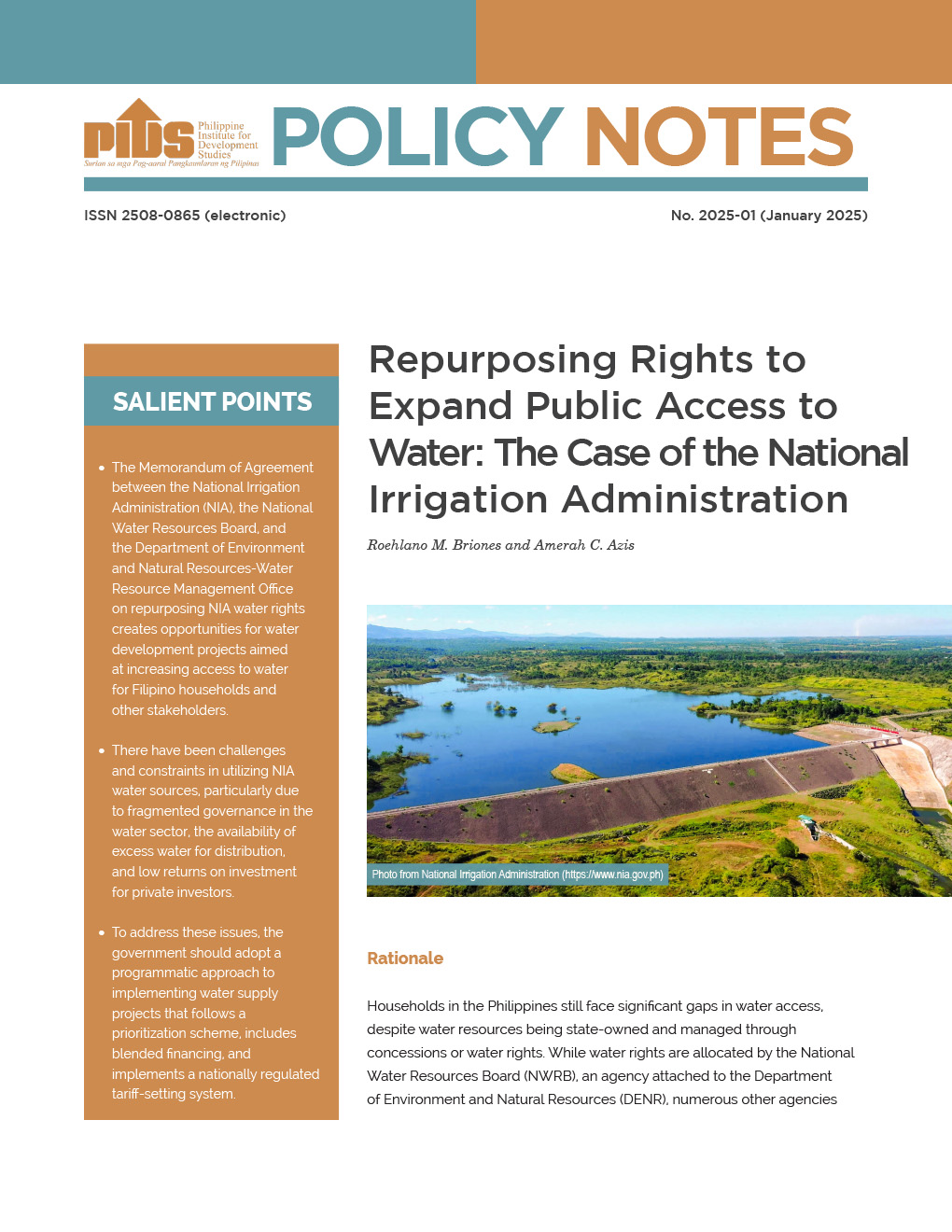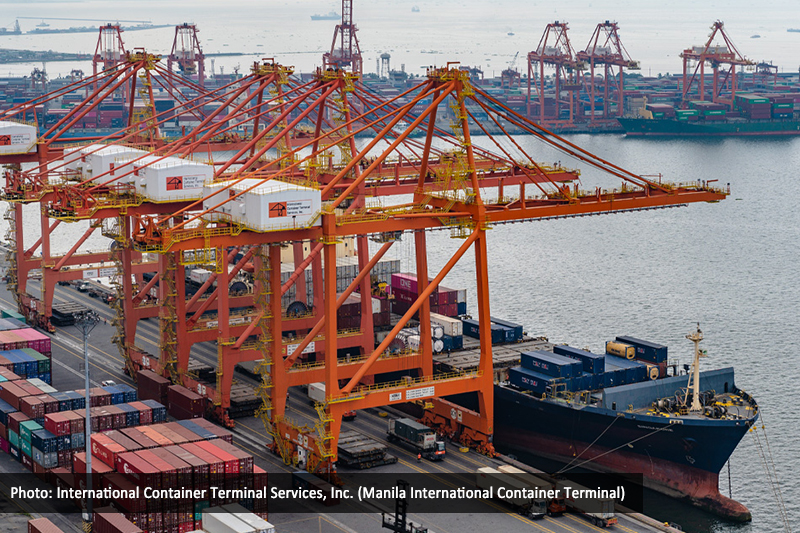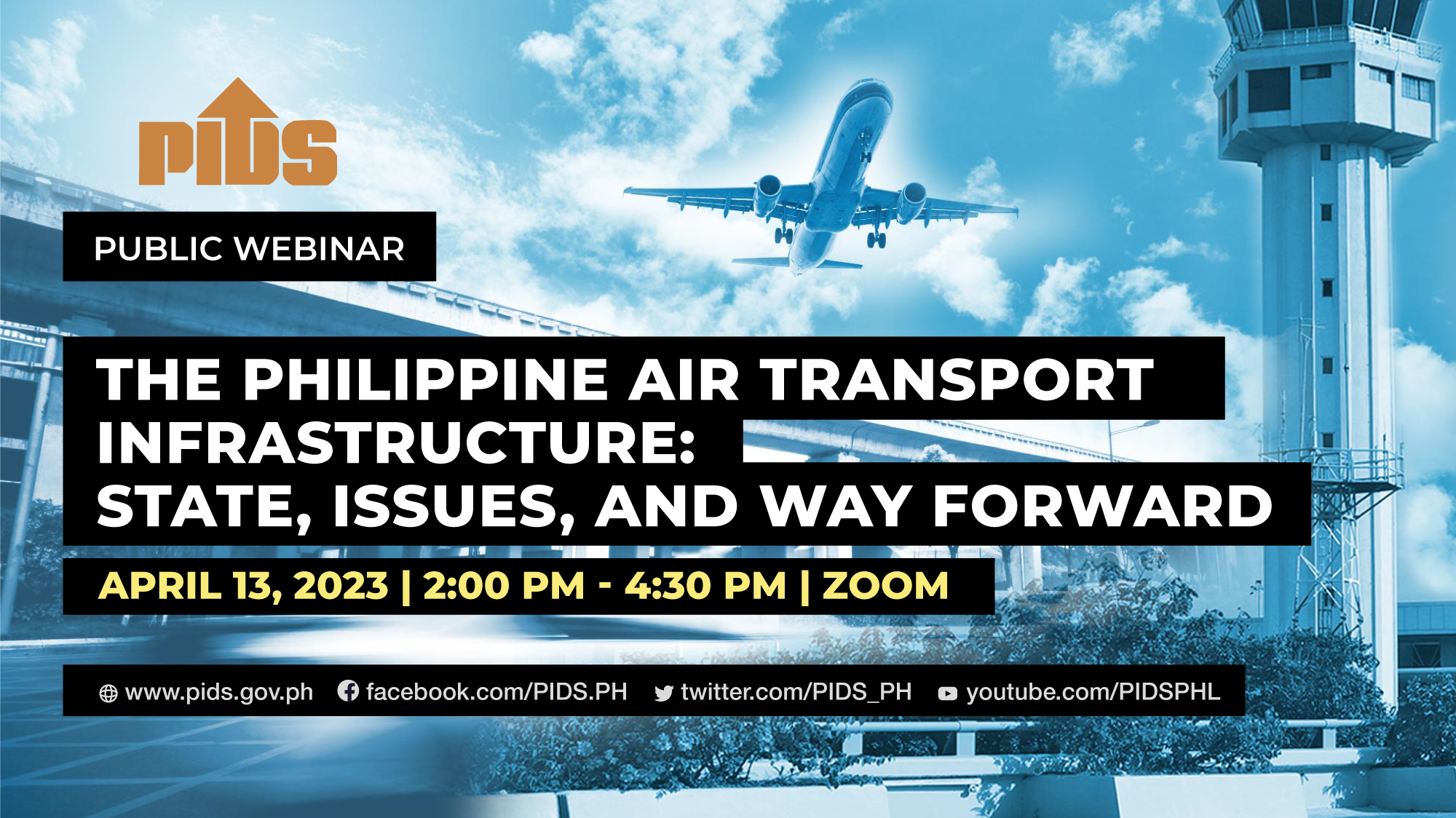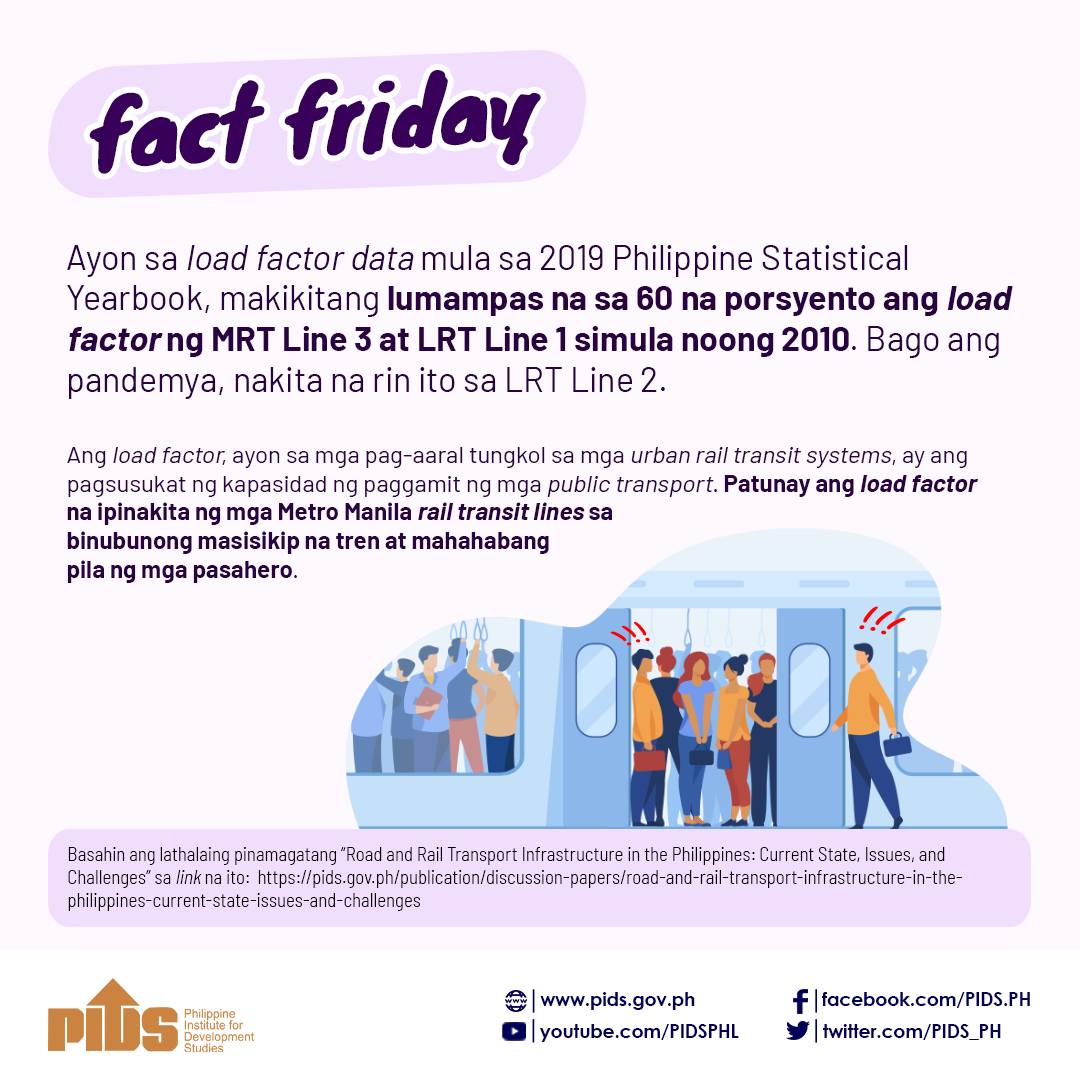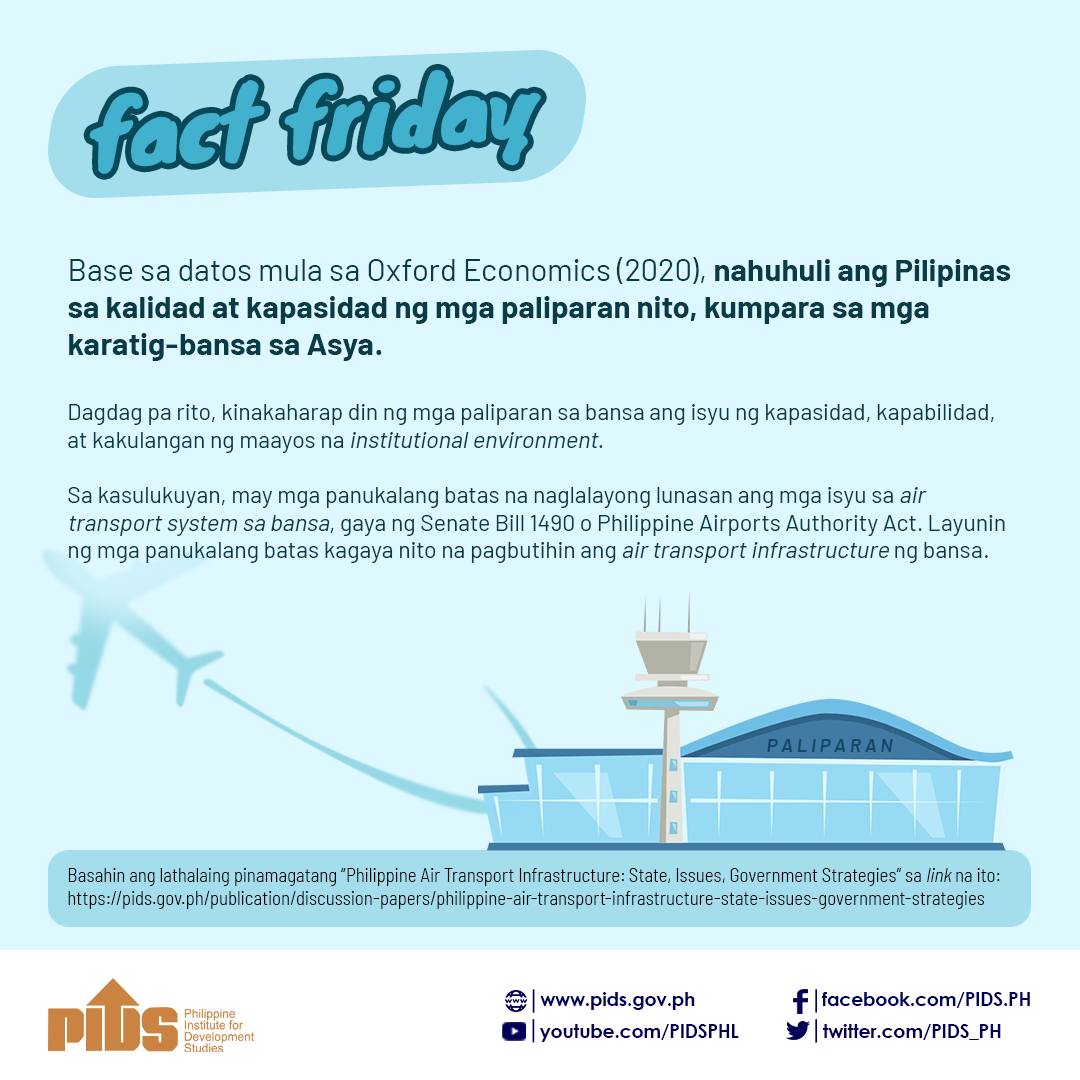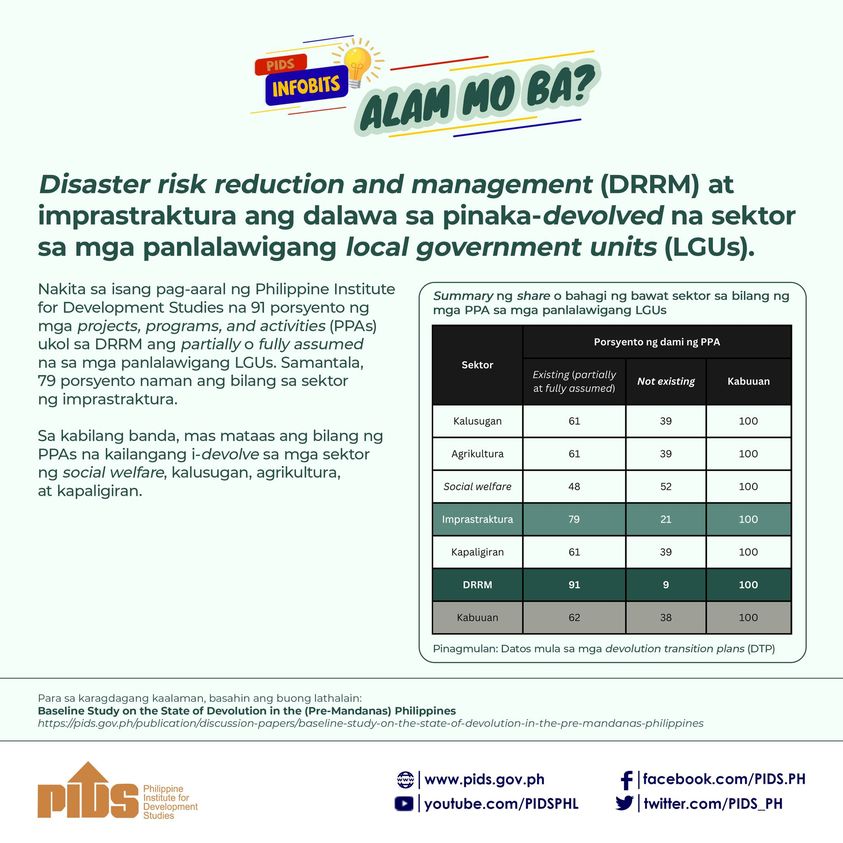MANILA, Philippines — More investments are needed in air transport infrastructure to meet the projected rise in travel demand and enable the sector to provide more benefits to the economy, according to state think tank Philippine Institute for Development Studies (PIDS).
“While we are on the right path in identifying priority projects related to improving the capacity and technical capability of our airports, as well as enhance network connectivity of different airports, policymakers should also recognize the importance of time, as the current investments in air transport infrastructure may still be inadequate to respond to the projected increase in demand for air travel,” PIDS research fellow Kris Francisco and research analyst Valerie Lim said in a discussion paper, “Philippine Air Transport Infrastructure: State, Issues, Government Strategies.”
According to the PIDS, the expected increase in air travel demand in the coming years makes it urgent to ramp up investments in the air transport sector.
Citing projections from think tank Oxford Economics, the PIDS said the country’s airport infrastructure should be prepared to accommodate around 88.3 million annual passengers by 2027.
The PIDS said the country’s main gateway, the Ninoy Aquino International Airport (NAIA), accommodated almost 50 million passengers in 2019 from less than 30 million passengers in 2010.
Other airports located in Mactan, Davao and Clark also saw a significant increase in the number of accommodated passengers.
The PIDS said the Philippines’ air transport sector continues to face issues and challenges that hinder growth.
In particular, it said the NAIA faces congestion and is unable to adjust to the rising demand of air travelers and aircraft.
In addition, the PIDS said many of the country’s provincial airports do not have night-rating facilities. Consequently, airlines have to schedule their domestic flights only during daytime.
When it comes to quality, the country also has a low score on aviation infrastructure, which considers flight availability and quality of hard infrastructure for domestic and international flights.
While the direct impact of the air transport sector to the Philippine gross domestic product seems small at 0.61 percent in 2019, the PIDS said it supports high-value industries such as trade, manufacturing and tourism.
The PIDS said the sector was also found to generate the highest indirect tax revenue for the government, with an indirect tax multiplier of 0.08.
It likewise contributes to job generation, with two jobs created for every one million public investments in the sector.
“The essential role played by the air transport sector in Philippine economy qualifies the sector to receive special attention from policymakers,” the PIDS said.

